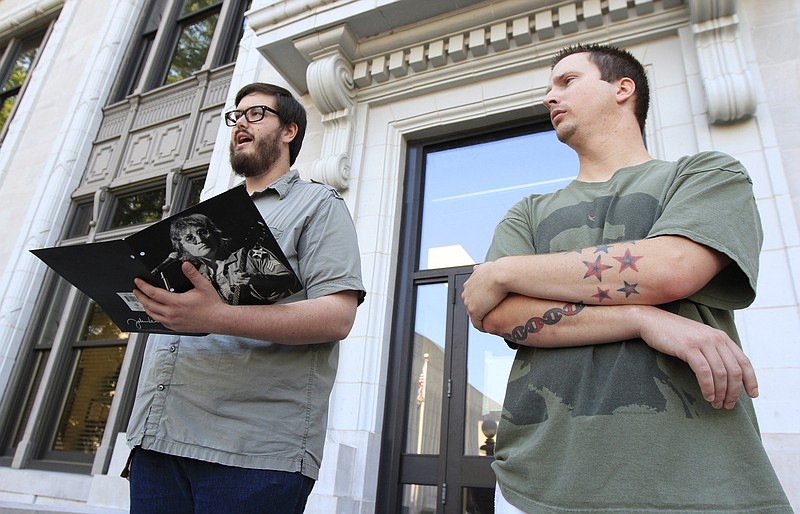Read more
Proceed with public prayers: Judge's order rejects lawsuit against Hamilton County Commission practice
It is a shame that Hamilton County will have to spend even more money defending its invocation prayers if a case dismissed against it Wednesday is appealed to the U.S. Court of Appeals.
United States District Judge Harry S. "Sandy" Mattice was clear in his order of dismissal against secular humanist and atheist plaintiffs that the county's practice had been deemed constitutional. He based his order not only on a U.S. Supreme Court decision last year in a Greece, N.Y., case but also on a second Supreme Court case as well as a previous 6th Circuit Court of Appeals ruling involving the Hamilton County case.
The county, in constructing its policy of invocation prayers, was careful to allow the prayers to come from assemblies representing a variety of faiths, to not get involved in the content of the prayers themselves and to make sure the prayers did not advance one religion over another.
Indeed, Mattice said, the county has never rejected a request to be added to the invocation schedule from an eligible member of the clergy.
Many people believe the mention of "separation of church and state," which is not found in the Constitution but in an 1802 letter written by then-President Thomas Jefferson, means the absence of religion in the public square. However, what it means is the country shall have no state church, which is what Jefferson was trying to assure the Danbury Baptist Association of Connecticut of when he wrote his letter.
The First Amendment of the Constitution, in fact, says "Congress shall make no law respecting an establishment of religion, or prohibiting the free exercise thereof."
The idea truly was freedom of religion, not freedom from religion, which many have tried to twist the amendment's words into saying.
